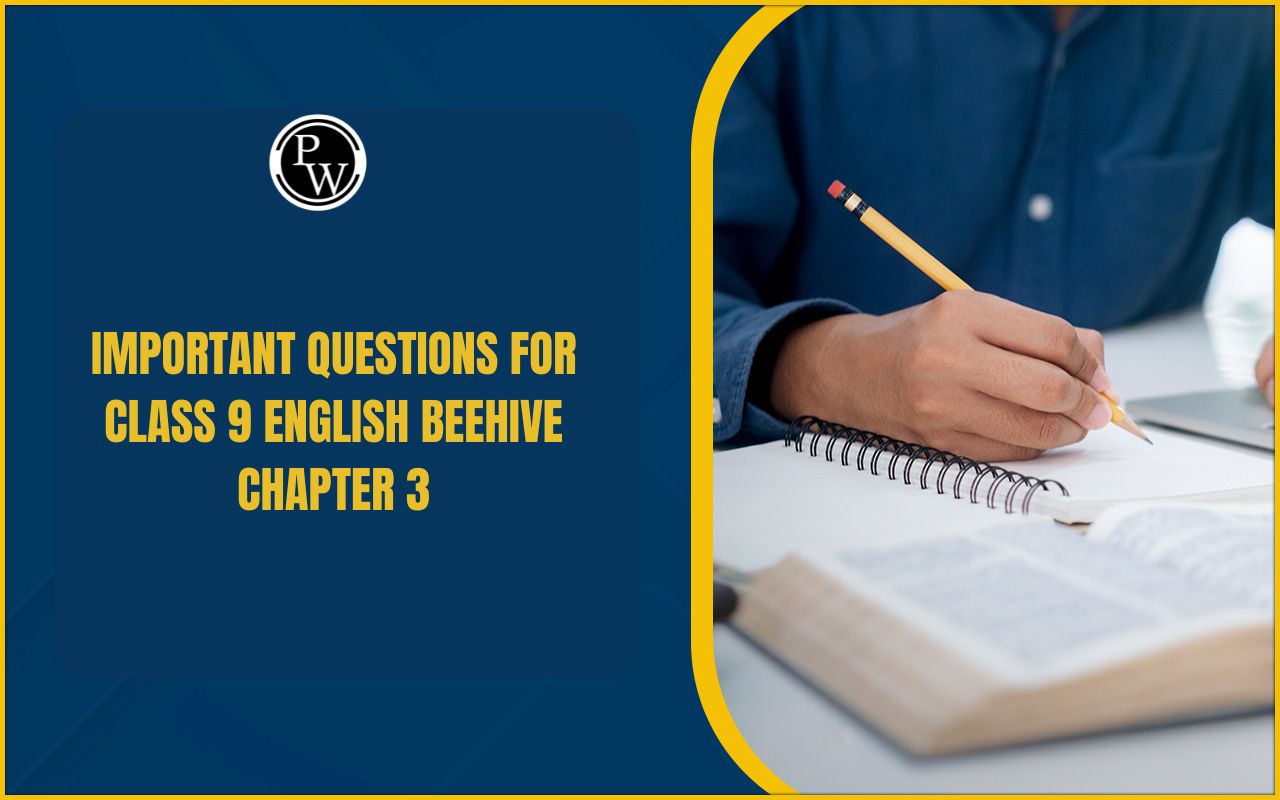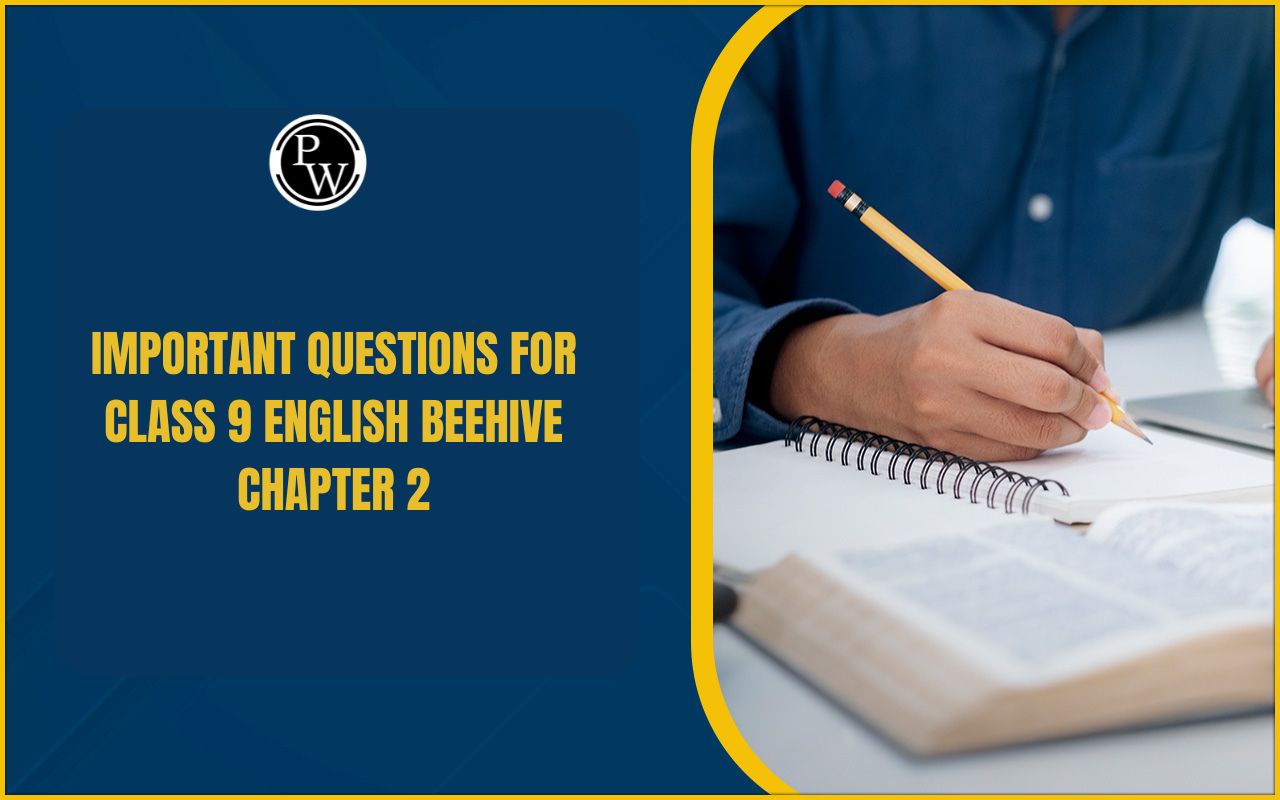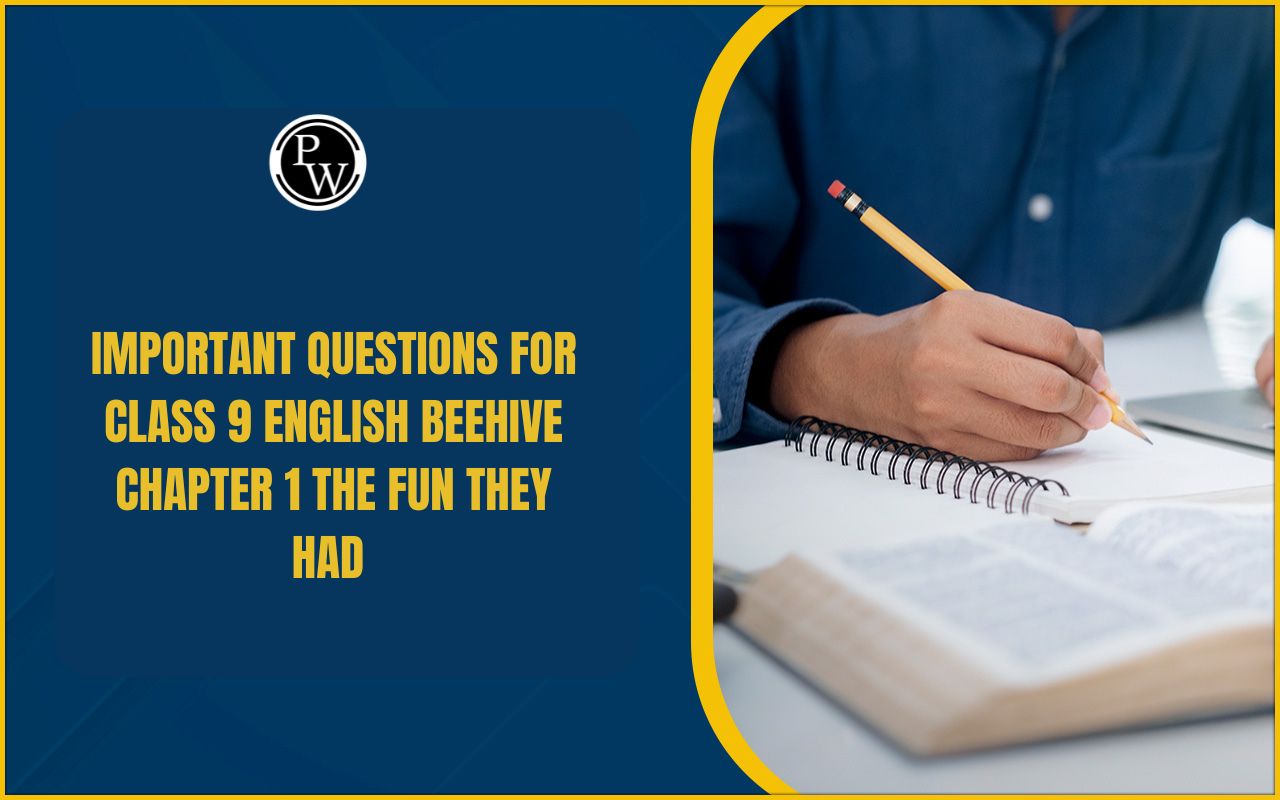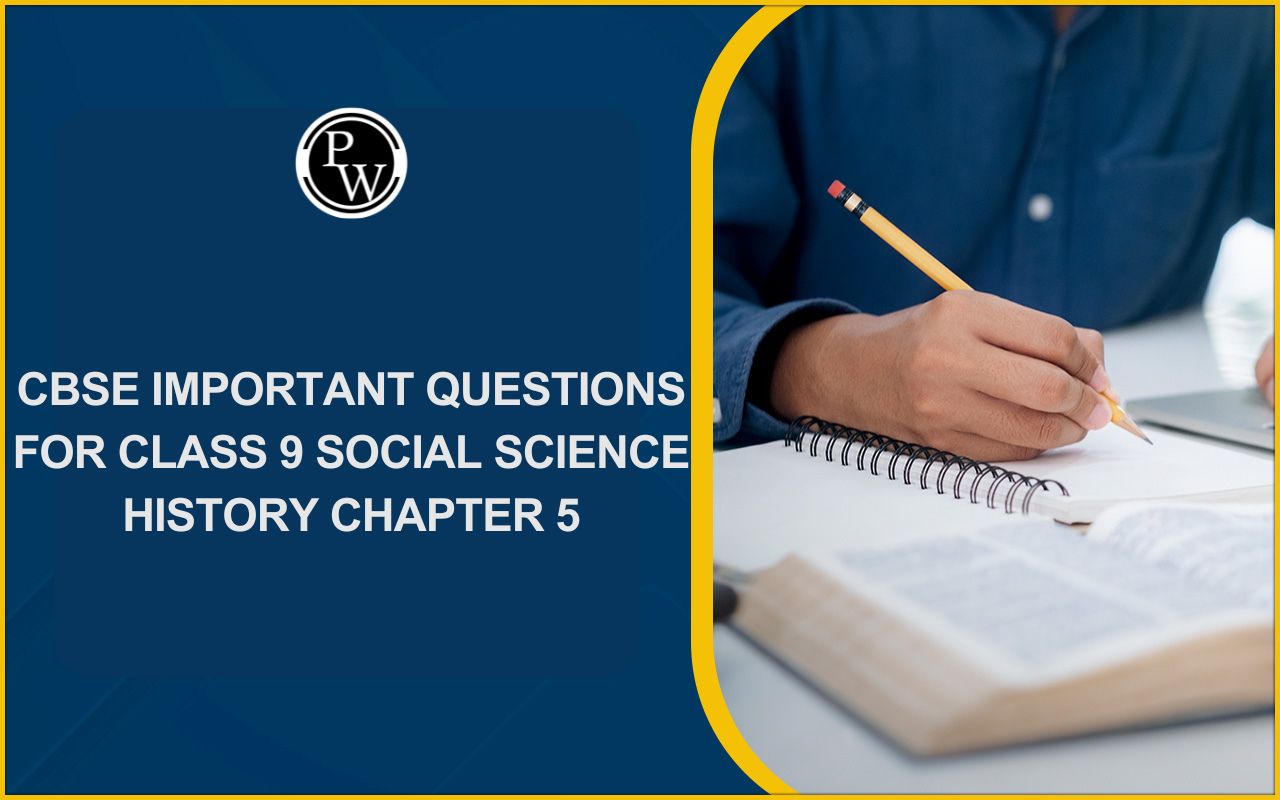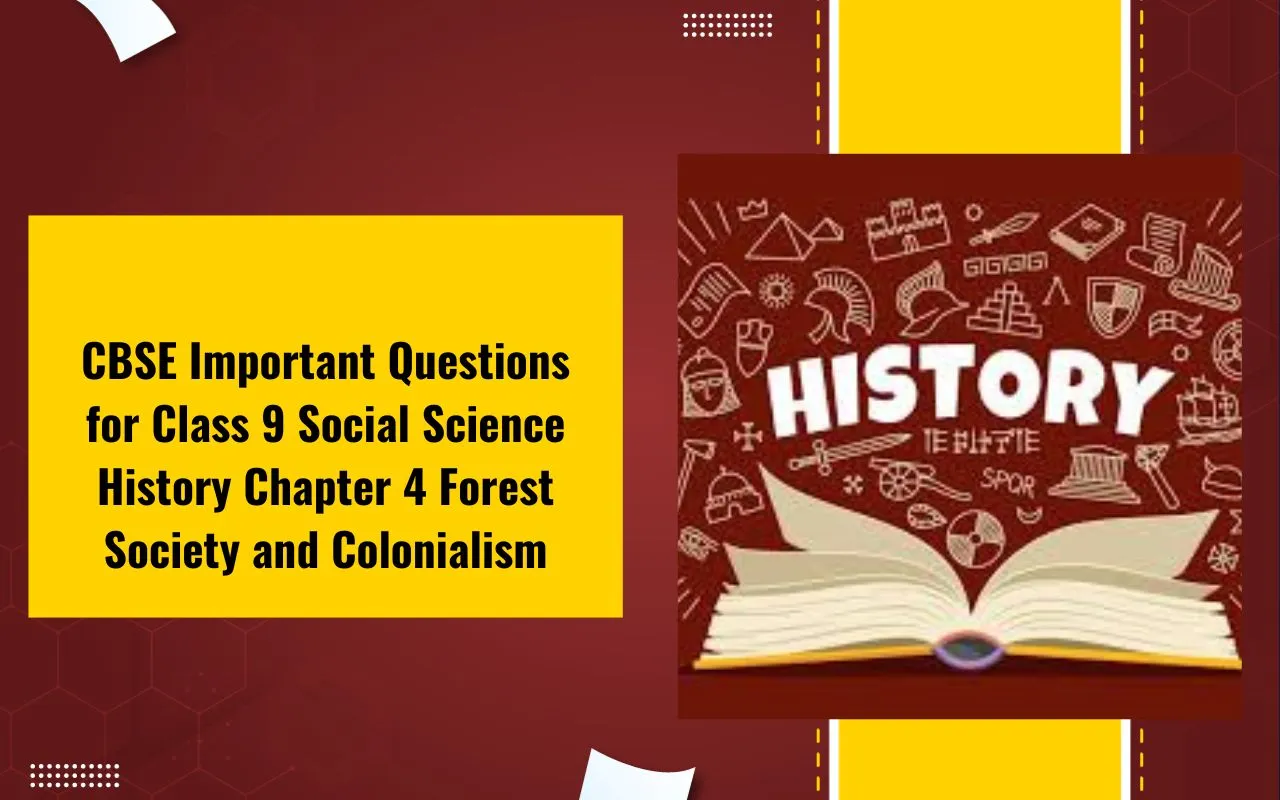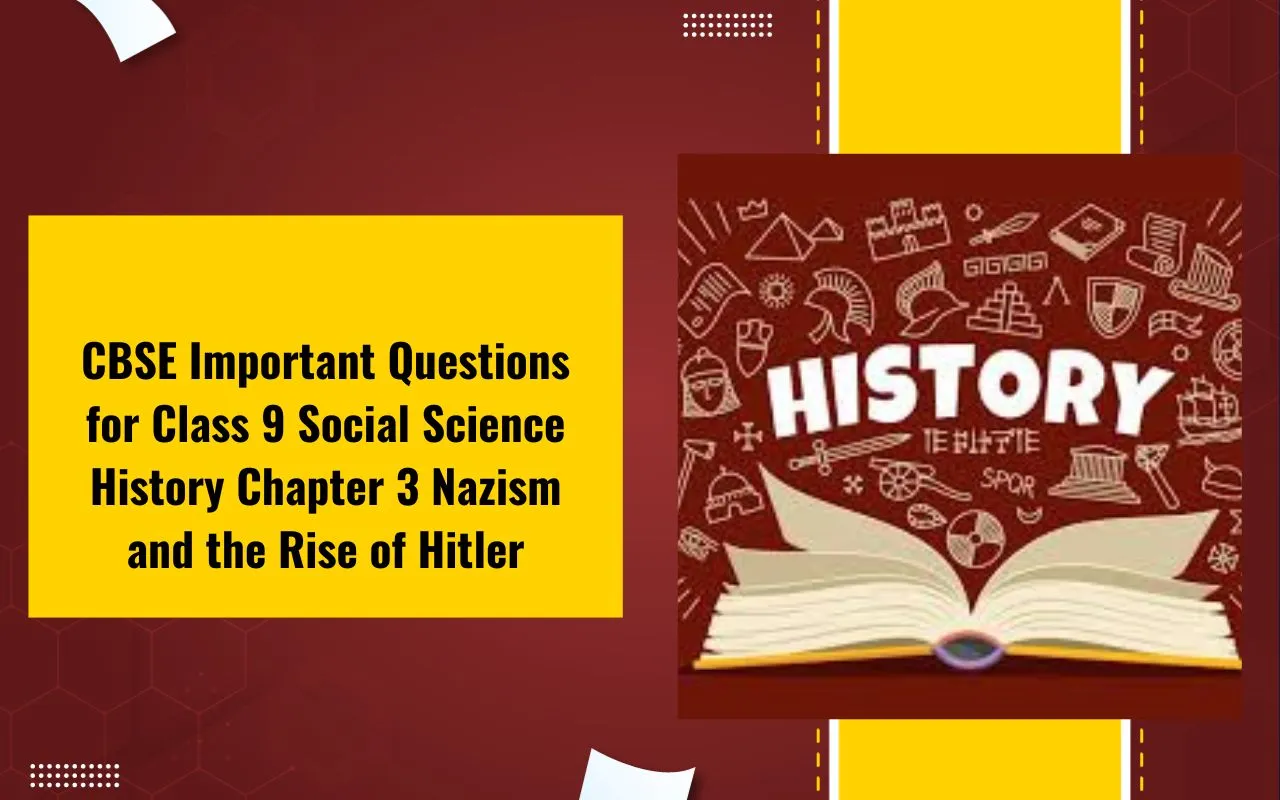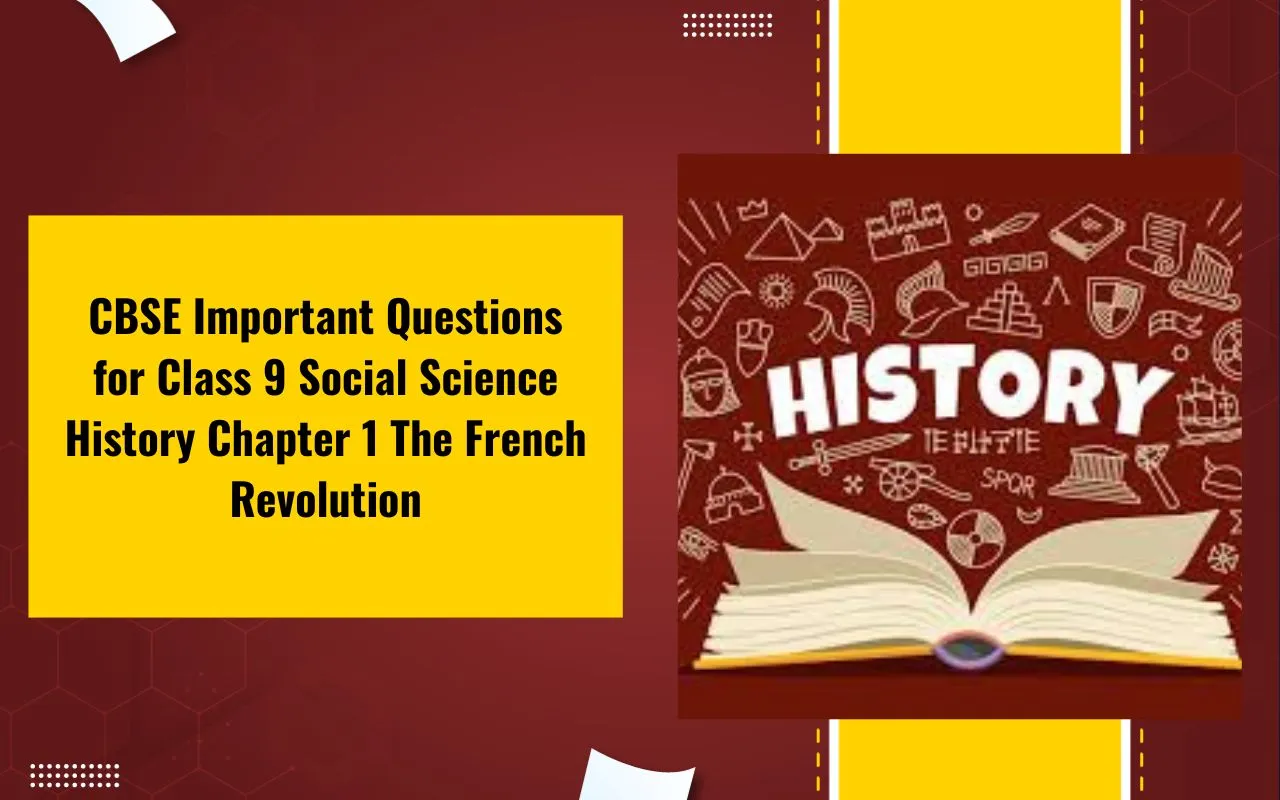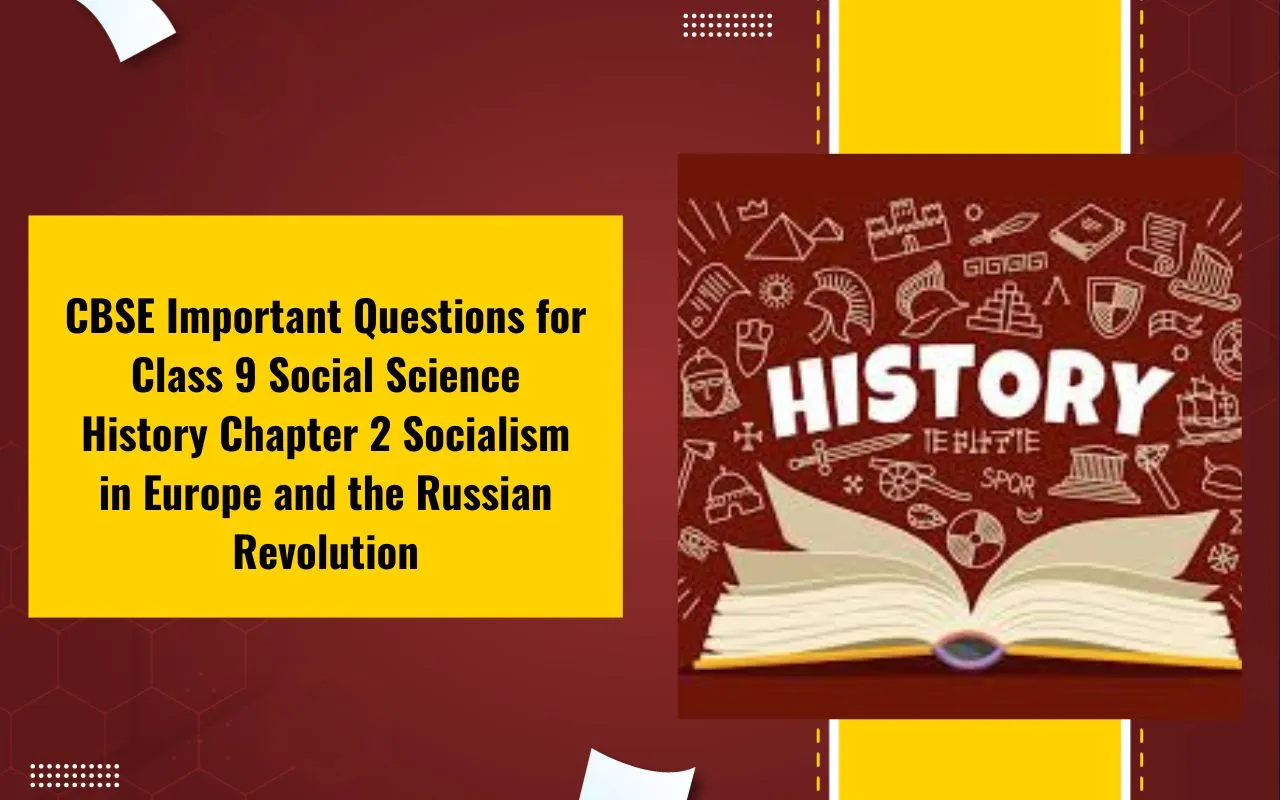
Important Questions for Class 9 English Moments Chapter 1 The Lost Child help students understand the story better. These questions and answers cover all the main events and lessons of the chapter, making it easier for students to revise
By going through the Class 9 English Moments Chapter 1 question answer, students can prepare well for their exams and improve their understanding of the text. This includes questions about the child’s feelings, the fair, and how he reacts when he gets lost, which are important parts of the CBSE Class 9 English syllabus.
Important Questions for Class 9 English Moments Chapter 1
The Lost Child is the first chapter of Class 9 English Moments. It tells the story of a young boy who visits a fair with his parents. The boy is fascinated by the toys, sweets, and fun at the fair, but in his excitement, he wanders away and gets lost.
The story explores his fear, helplessness, and longing to be reunited with his parents. It also shows his innocence and attachment to his family. The chapter teaches important lessons about love, care, and the emotions of a child, making it a meaningful and relatable story for students.
Class 9 English Moments Chapter 1 Question Answer
Here are the answers for Class 9 English Chapter 1 Moments. These questions and answers help students understand the story The Lost Child better. They explain the child’s excitement at the fair, his fear when he gets lost, and how he finally finds his parents.
1. Answer the following questions in 100 to 120 words.
a. In the chapter “The Lost Child”, the child gets attracted to a lot of things in the beginning but the same things lose their attraction for the child towards the end. Explain why does this happen taking examples from the chapter.
Ans: In The Lost Child, the child is initially fascinated by various attractions at the fair, such as toys, sweets, garlands, balloons, and a snake charmer’s music. However, when he realizes that he is separated from his parents, all these attractions lose their appeal. For example, earlier, he eagerly wanted a toy, but after getting lost, he only cries for his parents. Even when a kind stranger offers him sweets or rides, he refuses them. This shift highlights how a child’s true happiness lies in the presence of loved ones rather than material pleasures. The story emphasizes the deep emotional bond between children and their parents, overshadowing all worldly attractions.
b. Childhood is a period which is full of joyful moments. The child in the “The Lost Child” is fascinated to see many things before going to the fair but later on, the same things didn’t bring him any joy. Comment and justify the statements taking examples from the story.
Ans: Childhood is a phase filled with joy and excitement, as seen in The Lost Child. At the fair, the child is enchanted by toys, sweets, balloons, garlands, and the snake charmer’s flute. However, once he realizes he is lost, his excitement vanishes. He no longer desires the things that fascinated him before because his only concern is finding his parents. When a kind stranger offers him sweets, a ride, or toys, he refuses everything and cries bitterly for his parents. This highlights that a child’s true happiness does not come from material things but from love and security with family.
c. Why do you think the child wept more bitterly than ever when the stranger lifted him in his arms?
Ans: The child wept more bitterly when the stranger lifted him in his arms because he was scared and overwhelmed. He did not recognize the stranger and only wanted the comfort and security of his parents. The stranger’s kindness did not ease his distress, as his only focus was on reuniting with his parents. This reaction emphasizes the deep emotional bond between a child and their parents, showing that even the most exciting things in the world mean nothing without loved ones. The child’s increasing despair reflects his growing fear and helplessness, making his cries even more intense.
d. What were the things that the child wanted in the fair? Why did he lose interest in those things later? (The Lost Child)
Ans: At the fair, the child was fascinated by many things. He wanted toys from the toy shop, sweets from the sweet seller, a garland of flowers, colourful balloons, and to listen to the snake charmer’s flute. However, when he got separated from his parents, he lost interest in all these attractions. His joy turned into fear and sadness, as his only wish was to find his parents again. Even when a kind stranger offered him the same things, he refused them and kept crying for his parents. This shift in behaviour highlights that love and security are more important to a child than material pleasures.
2. Read the extracts given below and answer the questions that follow.
A. Thinking to humour his disconsolate charge by a gift of sweets, the man took him to the counter of the sweet shop. “What sweets would you like, child?” he asked. The child turned his face from the sweet shop and only sobbed, “I want my mother, I want my father!” I. What does the child’s reaction to the stranger’s offer of sweets suggest?
Choose the most suitable option.
(A) He is excited.
(B) He is indifferent.
(C) He is only concerned about his parents.
D) He is eager to accept the sweets.
Ans: He is only concerned about his parents.
II. How does the author’s use of descriptive language enhance the emotional impact of the scene?
Ans: The author’s use of words like “disconsolate charge” and “sobbed” emphasizes the child’s deep distress and helplessness. The contrast between the man’s attempt to cheer the child with sweets and the child’s refusal highlights his overwhelming fear and longing for his parents.
III. Fill in the blank with the correct word from the bracket. The child “turned his face” from the sweets because he was (uninterested / desperate) to find his parents.
Ans: desperate
IV. How does the child’s reaction to the sweets contrast with his earlier excitement at the fair?
Ans: Earlier, the child was eager to buy sweets and other attractions at the fair. However, after realizing he was lost, his priorities changed completely. He no longer cared for the sweets and only wanted to reunite with his parents, showing how fear and emotional distress can overshadow material desires.
B. “Come, child, come,” called his parents, as he lagged behind, fascinated by the toys in the shops that lined the way. He hurried towards his parents, his feet obedient to their call, his eyes still lingering on the receding toys. As he came to where they had stopped to wait for him, he could not suppress the desire of his heart, even though he well knew the old, cold stare of refusal in their eyes. “I want that toy,” he pleaded. His father looked at him red-eyed, in his familiar tyrant’s way. His mother, melted by the free spirit of the day was tender and, giving him her finger to hold, said, “Look, child, what is before you!”
I. What does the child's reaction to the toys suggest?
Choose the most suitable option.
(A) He is indifferent to them.
(B) He is fascinated but hesitant to ask.
(C) He is eager and confident about getting them.
(D) He is scared of them.
Ans: He is fascinated but hesitant to ask.
II. How does the author’s use of descriptive language enhance the emotional depth of the scene?
Ans: The author’s use of phrases like “his feet obedient to their call” and “his eyes still lingering on the receding toys” conveys the child’s internal conflict between his desire for the toy and his understanding of his parents’ likely refusal. The contrast between the father’s “red-eyed, tyrant’s way” and the mother’s “tender” response adds depth to their differing parental attitudes.
III. Fill in the blank with the correct word from the bracket. The child “could not suppress the desire of his heart” because he was (fearful / tempted) by the toys.
Ans: tempted
IV. How does the child’s interaction with his parents reflect their contrasting attitudes?
Ans: The father’s stern “red-eyed, tyrant’s way” reflects discipline, while the mother’s warmth, influenced by the festive mood, offers comfort. This contrast highlights the balance between authority and affection in parenting.
3. Answer the following questions in 30-40 words. A. Why did the child refuse all the things he had earlier wanted in the fair?
Ans: Earlier, the child was excited about toys, sweets, and rides. However, after getting separated from his parents, he lost interest in everything. His only desire was to find his parents, making all the attractions of the fair seem meaningless to him.
B. How did the stranger try to comfort the lost child?
Ans: The kind stranger tried to console the lost child by offering him sweets, balloons, and a ride on the roundabout. However, the child only cried for his parents, showing that love and security were far more important to him than material attractions.
CBSE Class 9 English Moments Chapter 1 Important Questions PDF Download
Students can refer to Important Questions for Class 9 English Moments Chapter 1 The Lost Child to prepare for exams. These questions and answers cover all the key events, emotions, and lessons from the chapter making it easier to understand and revise. Students can download the PDF from the link below.
Important Questions for Class 9 English Moments Chapter 1
Study without using the internet
Benefits of Using Important Questions for Class 9 English Moments Chapter 1 The Lost Child
Here are the Benefits of Using Important Questions for Class 9 English Moments Chapter 1 The Lost Child.
-
Based on the latest CBSE syllabus these important questions help students understand the key events, themes, and moral lessons of the chapter.
-
Covers all aspects of the story, including the child emotions, experiences at the fair, and interactions with his parents and others, for complete practice.
-
Improves time management, answer-writing skills, and overall performance in exams.
-
Helps in identifying weak areas and correcting mistakes before the final exam.
-
When used along with NCERT Solutions, class 9 notes, important questions, CBSE Class 9 sample papers, and previous year questions (PYQs), students can strengthen their preparation effectively.
-
Assists in revising key points, important dialogues, and moral lessons of the chapter efficiently.
Important Questions for Class 9 English Moments Chapter 1 FAQs
How can these Important Questions for Class 9 English Moments Chapter 1 The Lost Child help in exam preparation?
an students use these Important Questions for Class 9 English Moments Chapter 1 The Lost Child along with NCERT solutions?
Are these Important Questions for Class 9 English Moments Chapter 1 The Lost Child suitable for quick revision?
Where can students find the Important Questions for Class 9 English Moments Chapter 1 The Lost Child?

